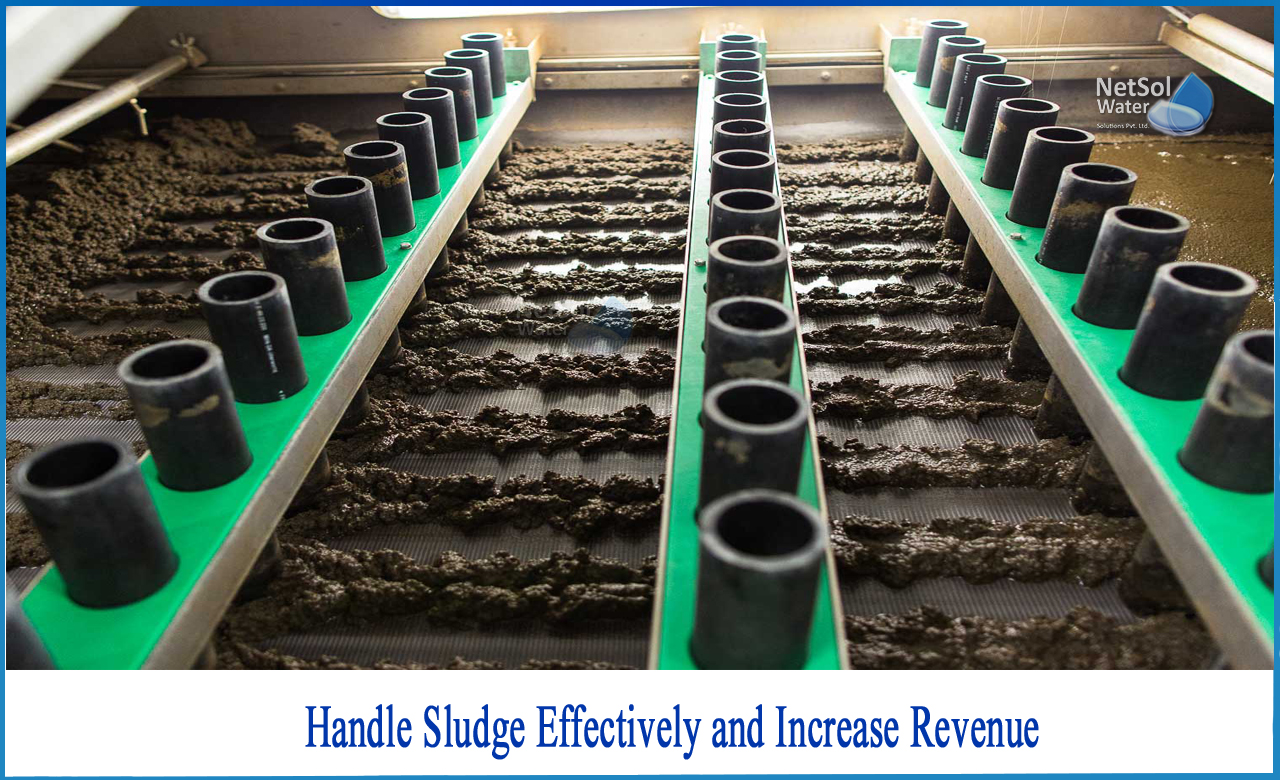How do you handle sludge?
Companies must make smart and informed business decisions about sludge disposal as environmental regulations change and the costs associated with waste handling rise. Sludge is an unavoidable byproduct of any industrial wastewater treatment procedure.
A critical component of any sludge management solution must be minimizing its impact on both public health and the environment. With many traditional disposal routes under pressure, the challenge is to find cost-effective and innovative solutions while remaining mindful of environmental, regulatory, and public pressures. A single-source sludge disposal solution can create a bottleneck for the facility, and the additional variable cost in sludge disposal can have a negative impact on a tight operational budget.
Sewage sludge treatment and disposal is an expensive and environmentally hazardous problem all over the world. As new sewage treatment systems and facilities are built and environmental quality standards become more stringent, sludge production has increased. To address these market changes, several cutting-edge advances in wastewater are being made.
Sludge handling
Sustainable sludge handling is a low-cost method that results in an efficient recycling process while preventing harmful substances from reaching humans or the environment. There are numerous treatment options available, and each solution should be designed specifically for the application. By designing and manufacturing low-cost industrial wastewater treatment systems and chemicals, we help manufacturers stay in compliance and, in most cases, generate additional revenue. Because there is no need for costly hauling, operation costs are reduced.
Effectively Handling Of Sludge
Sludge treatment and disposal are critical components in the design and operation of all wastewater treatment plants. The two primary goals of treating sludge before disposal are to reduce its volume and stabilize the organic materials. The odor of stabilized sludge is not offensive, and it can be handled without causing a nuisance or a health hazard. Pumping and storage costs are reduced when the sludge volume is reduced.
Methods of treatment
A: Thickening
Thickening is typically the first step in sludge treatment because thin sludge, which is a slurry of solids suspended in water, is difficult to handle. Thickening is typically performed in a gravity thickener tank. A thickener can reduce the total volume of sludge to less than half of its initial volume. Gravity thickening can be replaced with dissolved-air flotation. The solids are carried to the surface by air bubbles, where a layer of thickened sludge forms.
B: Digestion
Sludge digestion is a biological process that decomposes organic solids into stable substances. Digestion reduces the total mass of solids, kills pathogens, and facilitates dewatering or drying of sludge.Digested sludge is obnoxious, resembling and behaving like rich potting soil.
The majority of large sewage treatment plants use a two-stage digestion system in which bacteria anaerobically metabolize organics. After thickening to a dry solids content of about 5% in the first stage, the sludge is heated and mixed for several days in a closed tank. Acid-forming bacteria hydrolyze large molecules such as proteins and lipids, converting them into smaller water-soluble molecules that are then fermented to produce various fatty acids. Later, the sludge is pumped into a second tank where bacteria converts the dissolved matter into biogas, a mixture containing carbon dioxide and methane.
C: Dewatering
Before disposal, digested sewage sludge is usually dewatered. Even though dewatered sludge still contains a significant amount of water—often up to 70%—it no longer behaves as a liquid and can be handled as a solid.
The most fundamental method of dewatering is sludge-drying beds
A digested sludge slurry is spread over an open bed of sand and left to dry. Evaporation and gravity drainage through the sand are used to dry the sand. The water is collected by a piping network built beneath the sand and pumped back to the plant's head. The sludge cake, as it is known after six weeks of drying, may have a solids content of around 40%.
Conclusion
The land is usually the final destination of treated sewage sludge. Sludge that has been dewatered can be buried underground in a sanitary landfill. It can also be spread on agricultural land to benefit from its value as a soil conditioner and fertilizer.Sludge is not spread on land where crops for human consumption are grown because it may contain toxic industrial chemicals.
When a suitable land disposal site is not available, such as in urban areas, sludge may be incinerated. The moisture is completely evaporated during incineration, and the organic solids are converted into inert ash. The ash must be disposed of, but the smaller volume makes disposal more cost effective. When sewage sludge is incinerated, air pollution control is a critical consideration. Scrubbers and filters, among other air-cleaning devices, must be used.
Netsol Water is Greater Noida-based leading water & wastewater treatment plant manufacturer. We are industry's most demanding company based on client review and work quality. We are known as best commercial RO plant manufacturers, industrial RO plant manufacturer, sewage treatment plant manufacturer, Water Softener Plant Manufacturers and effluent treatment plant manufacturers. Apart from this 24x7 customer support is our USP. Call on +91-9650608473, or write us at enquiry@netsolwater.com for any support, inquiry or product-purchase related query.



